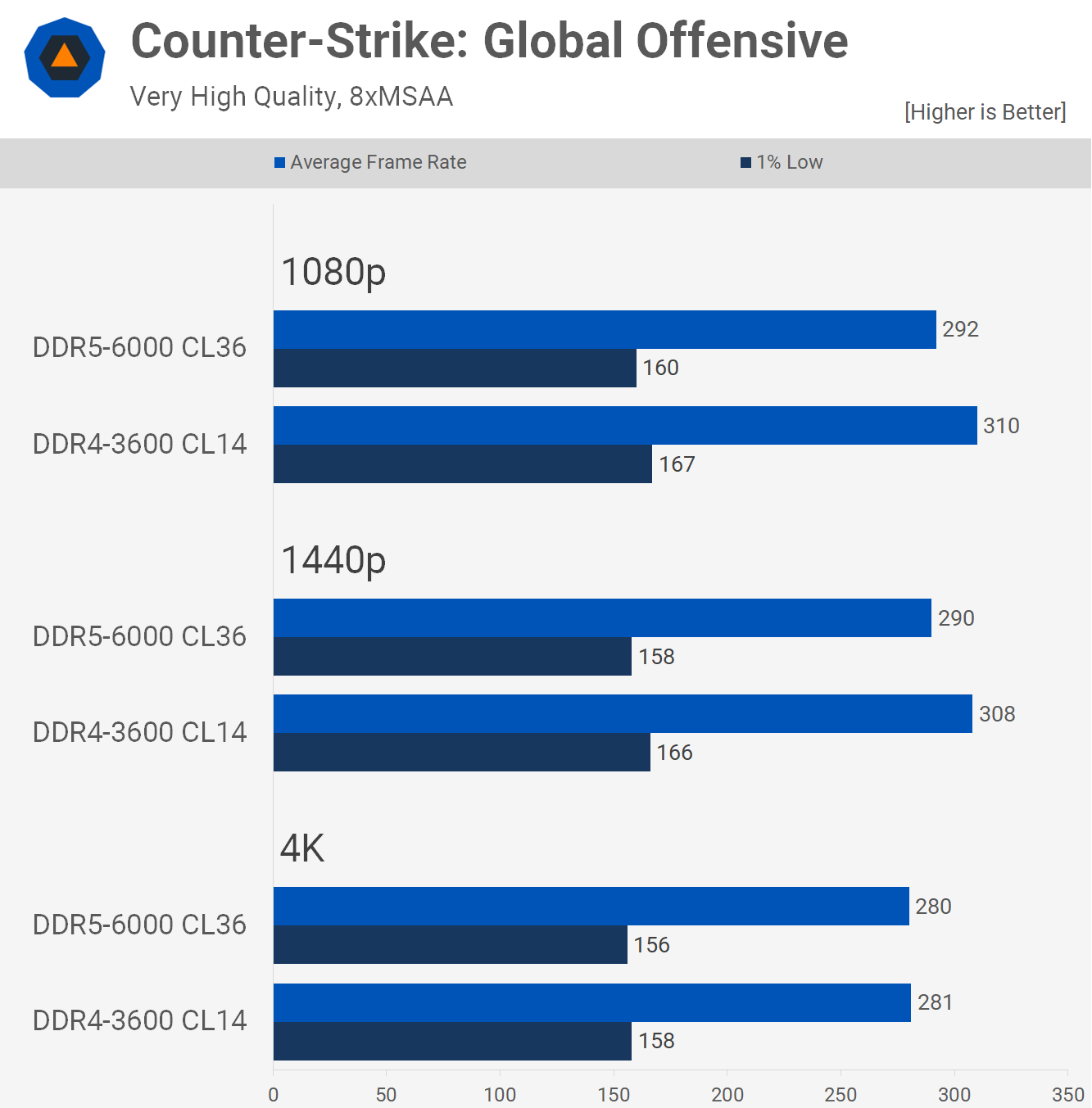Have you ever wondered what the numbers on your RAM stick mean? Are you a gamer looking to squeeze every ounce of performance from your rig, or a video editor in need of the smoothest workflow possible? If so, you’ve likely come across the terms 3200 MHz and 3600 MHz, both of which refer to the speed at which your RAM operates. But what do those numbers actually mean, and does a higher frequency translate to a better experience? Let’s delve into the heart of the matter and explore the differences between these two popular RAM speeds, shedding light on the advantages and potential drawbacks of each.

Image: www.youtube.com
In the world of computers, RAM (Random Access Memory) acts like the brain’s short-term memory—it stores the information your computer needs to access quickly and efficiently, enabling seamless multitasking, smooth gameplay, and rapid program launches. The speed at which this information is accessed is crucial, and that’s where the frequency, measured in megahertz (MHz), comes into play. Higher frequencies equate to faster data transfer rates, which can significantly impact your computer’s performance in a variety of tasks.
Understanding MHz: The Speed of Information
To grasp the significance of 3200 MHz vs. 3600 MHz, we need to understand what MHz represents: a measure of how many times per second your RAM can access data. Imagine a highway with cars representing data packets. A higher MHz value translates to more cars passing a given point on that highway per second, resulting in faster data transfer. In simpler terms, the higher the MHz, the faster your RAM can read and write information.
The Impact of Faster RAM: Performance Gains
While the difference between 3200 MHz and 3600 MHz might seem small at first glance, the speed difference can have noticeable effects, particularly in demanding applications:
- Gaming: A faster RAM speed can lead to smoother frame rates, reduced stuttering, and less loading times in games, providing a more immersive and enjoyable gaming experience.
- Video Editing: This process requires frequent data transfer while editing large video files. Faster RAM can significantly accelerate the rendering and playback process, allowing you to work more efficiently and deliver projects faster.
- Multitasking: Switching between multiple applications becomes smoother and faster with faster RAM, as your computer can access the required data more quickly.
- Overall System Responsiveness: You’ll notice a significant difference in everyday tasks, such as web browsing, program launches, and file transfers, with a boost in overall responsiveness and efficiency.
Beyond MHz: Other Factors to Consider
While MHz is a crucial indicator of RAM speed, it’s not the only factor impacting performance. Other characteristics you should consider include:

Image: forums.guru3d.com
Latency
This measures the time it takes for the RAM to respond to a request, essentially the “wait time” for data access. Latency is typically measured in nanoseconds (ns) and plays a crucial role in overall speed. Lower latency generally equates to faster performance – though in practice, the difference might not be as significant as a MHz difference.
Timings
These numbers known as CL, tRCD, tRP, and tRAS, determine the time it takes for the RAM to perform specific operations like data refresh and read/write intervals. Lower timings generally contribute to faster operation, but like latency, the difference might not be noticeable for most users.
Capacity
The amount of RAM installed in your system also plays a significant role in performance. More RAM allows your computer to store more data in its short-term memory, enabling multitasking and smoother operation. Generally, 8GB is the minimum for modern computers, with 16GB being more ideal for gaming and resource-intensive tasks. The need for higher capacities might outweigh a slight difference in speed.
Is the Price Worth the Performance?
Although 3600 MHz RAM generally offers a performance edge over 3200 MHz, it comes with a price premium. The decision ultimately depends on your individual needs and budget. Gamers and creators who demand the best possible performance may find the extra cost justified. However, for everyday users who primarily engage in web browsing, document editing, or basic tasks, the performance difference might not be noticeable enough to warrant the higher price.
3200 Mhz Vs 3600
Conclusion: The Right Choice for You
The choice between 3200 MHz and 3600 MHz RAM often boils down to your specific needs and budget. While 3600 MHz offers a faster speed, it might not always be necessary or cost-effective. If you perform resource-intensive tasks like gaming or video editing, the extra performance might be worth the investment. However, for general use, 3200 MHz RAM will still deliver a smooth and reliable experience. Remember to consider factors like latency, timings, and capacity when making your decision, as they all play a vital role in your computer’s performance.
Ultimately, researching and understanding the characteristics of RAM will empower you to make an informed choice that balances performance, affordability, and your specific needs. Happy computing!






